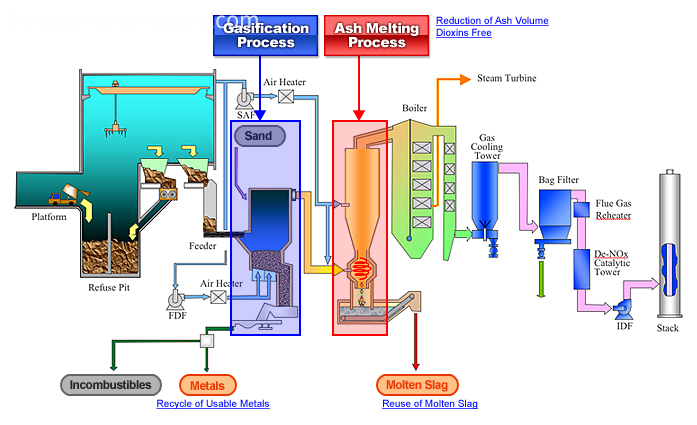Recently, the Journal of the American Chemical Society (J. Am. Chem. Soc. 2015, DOI: 10.1021/jacs.5b07920) published the title of Metal Thiophosphates with Good Mid-Infrared Nonlinear Optical Performances: A First-Principles Prediction and Analysis. Institute of Physics and Chemistry, Chinese Academy of Sciences Institute of Functional Materials and Laser Technology, Key Laboratory of Crystal Center Lin Zhe Shuai's research work. Mid-infrared (wavelength 2-8μm) laser frequency conversion materials have very important applications in the fields of chemistry, information, biology, telecommunications, and optoelectronic countermeasures, but currently discovered materials are still difficult to meet industrial and commercial needs. Through the high-throughput research platform, the research and development efficiency of these photovoltaic functional materials can be greatly improved, and the research and development costs can be reduced, and excellent materials with independent intellectual property rights can be obtained. In order to realize the transformation from a single-objective computational material science to a "materials genetic engineering", Lin Zhe-shuai's research group proceeded from the atomic structure and chemical composition and carried out a large-scale computational simulation of the mid-infrared laser frequency conversion material to be developed. The “structure-activity relationship†between its structure, composition and properties, based on the first-principles calculations of the system, proposes for the first time that metallothione (PS) that has not yet attracted attention will be a potentially superior performance Infrared nonlinear optical system. High-quality mid-infrared laser frequency conversion materials need to achieve the balance between the laser frequency conversion effect (multiplier coefficient dij) and the laser damage threshold (corresponding to the bandgap Eg), ie, the green region (Eg > 3.5 eV, dij > 20 × KDP). To date, most of the discovered materials have failed to meet this requirement. For the first time, researchers in the research group systematically searched for all MNPS-type metal-sulphur phosphides (M is an alkali metal alkaline earth metal cation; N is a central coordination cation) having an uncentered structure, and they according to the microscopic group coordination environment of the material Compound systems are divided into four groups, which contain isolated PS groups, cations of the second-order ginger Taylor effect, cations of lone pair electron effects, and cations with short radius and low coordination. After the prediction and analysis of these “material gene†information, they revealed that the optical anisotropy of systems with isolated sulfur-phosphorus groups could not meet the requirements of the mid-infrared conversion; but the system with the second-order ginger Taylor effect and the lone pair electronic effect. With a lower bandgap (Eg < 3 eV), it is also difficult to achieve Eg and dij balance. In contrast, systems with short radius, low coordination cations can show a good balance of Eg and dij (in the green region of the figure), and can well satisfy the performance conditions of excellent mid-infrared nonlinear optical crystals. Experimental synthesis and optical tests conducted in collaboration with Yao Jiyong, a researcher at the Institute of Physical Chemistry, also confirmed the results of first-principles predictions and calculations. This work provides a structural selection reference standard for the exploration of excellent mid-infrared nonlinear optical materials, which plays an important role in enriching the exploration and design ideas of this important photoelectric functional material. Related research work has received strong support from the National Natural Science Foundation of China and the "863" Program of the Ministry of Science and Technology.
Waste Gasification is mainly divided into several steps: fully enclosed multi-stage mechanical screening system, RDF derived waste fuel shaping system, high efficiency pyrolysis gasification system and tail gas purification and treatment system. Msw Waste Gasification is a kind of waste energy project. Compared with Msw Incineration, waste gasification is more efficient and environmentally friendly. Waste gasification equipment covers a small area, has low operation cost and short construction period. The sorted and treated garbage can not only be gasified, but also be used for City Waste Power Plant.
Waste Gasification Waste Gasification,City Waste Power Plant,City Waste Gasification Power Generation,Waste Gasification Equipment Henan Dianyan New EnergyTechnology Co. Ltd , https://www.cngasifier.com
